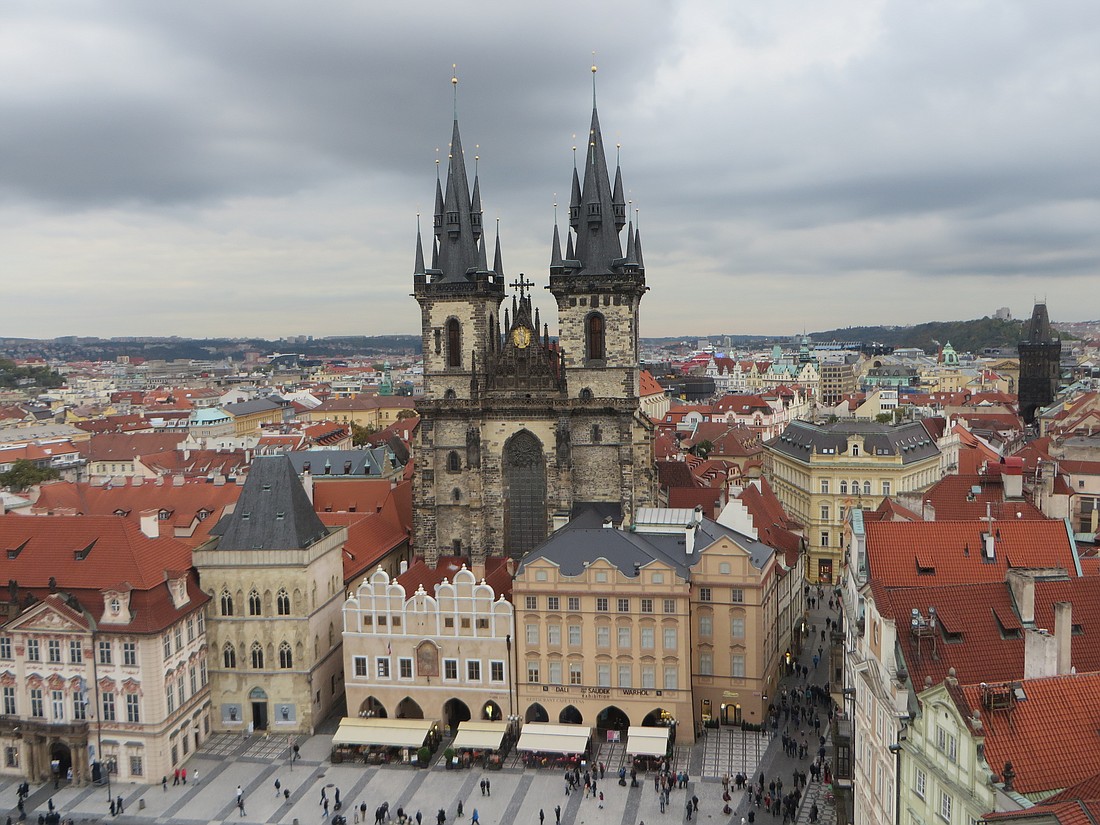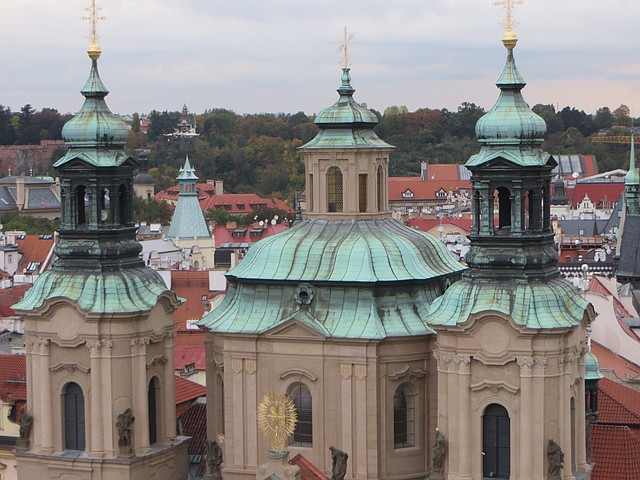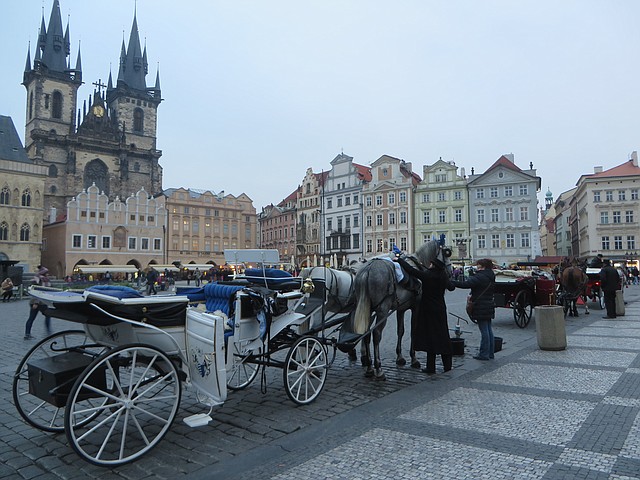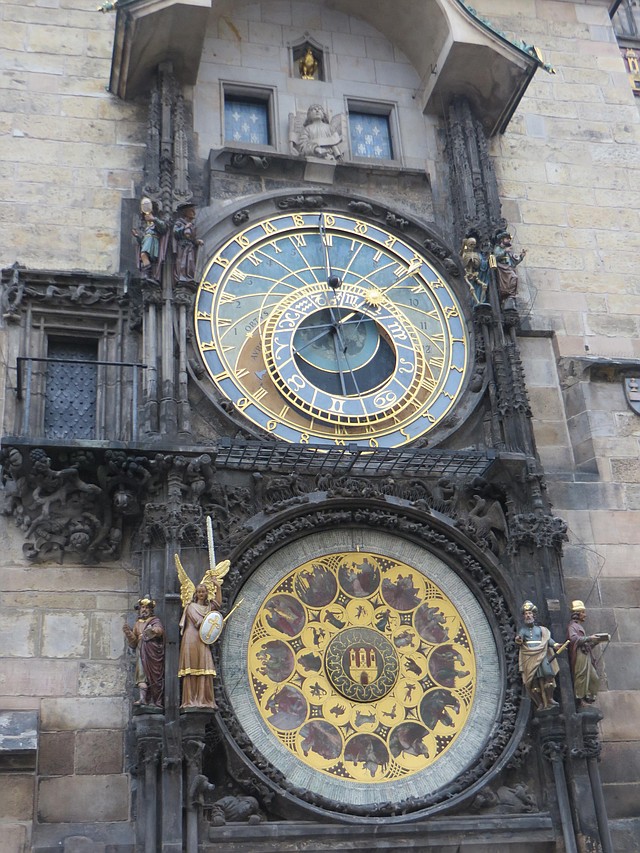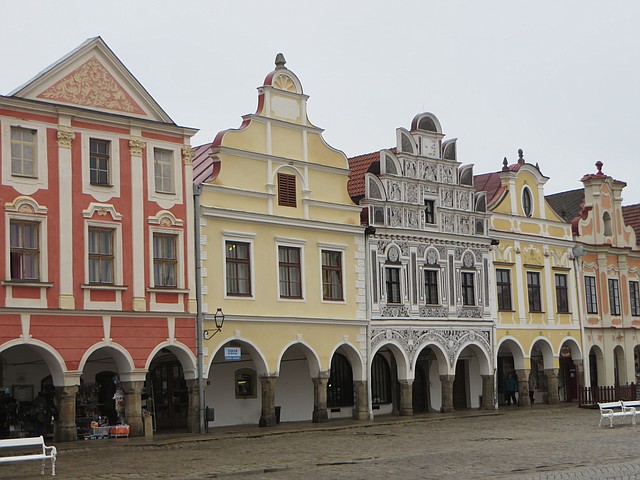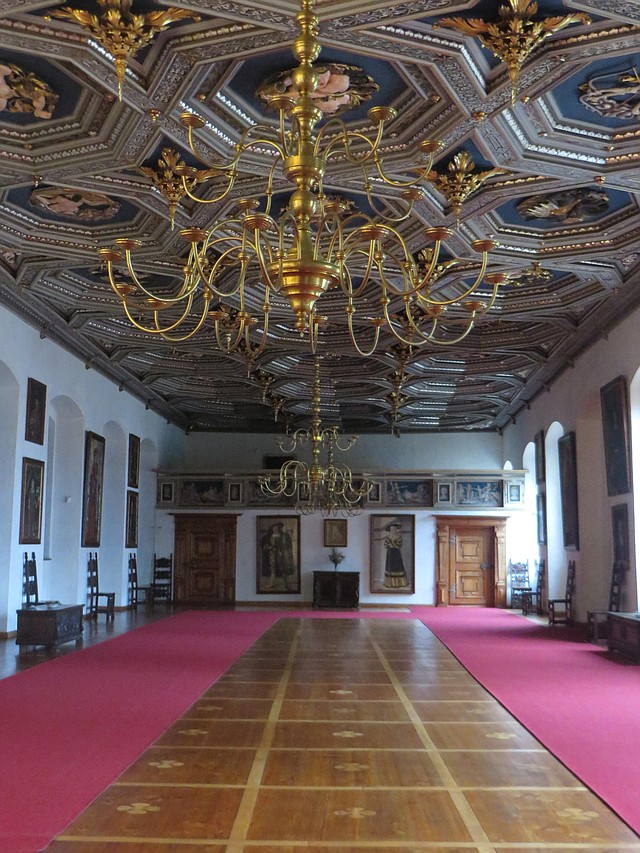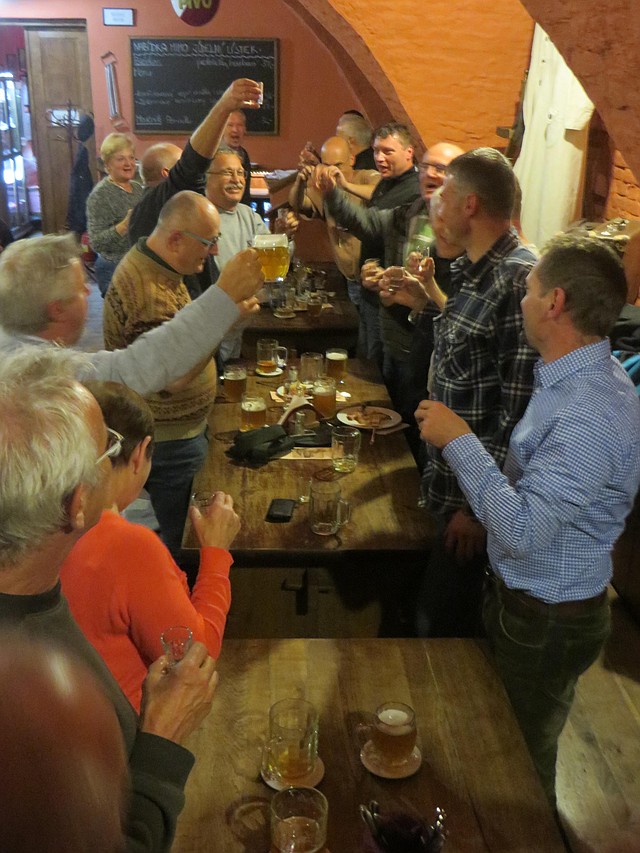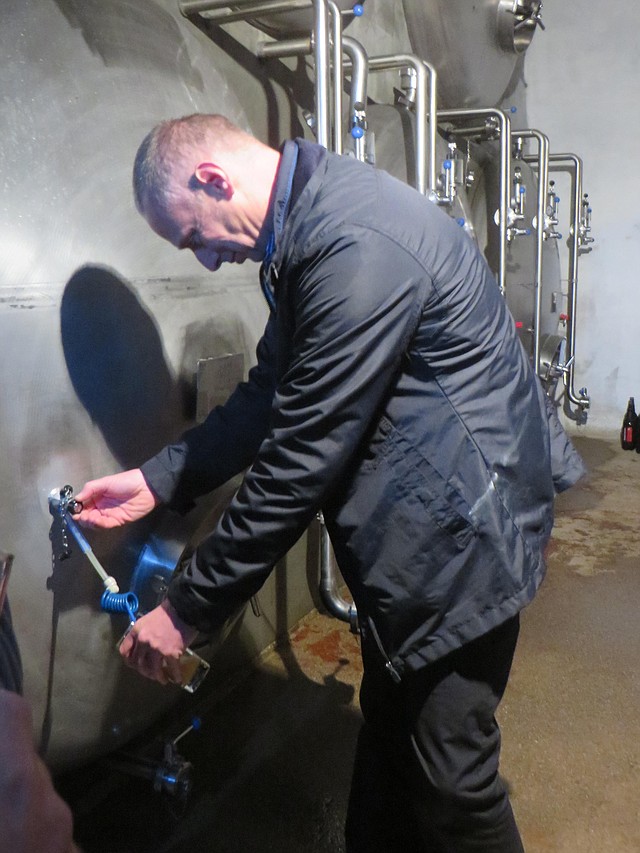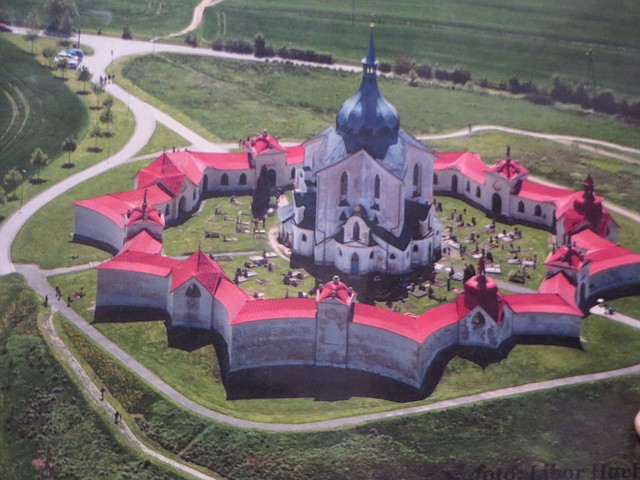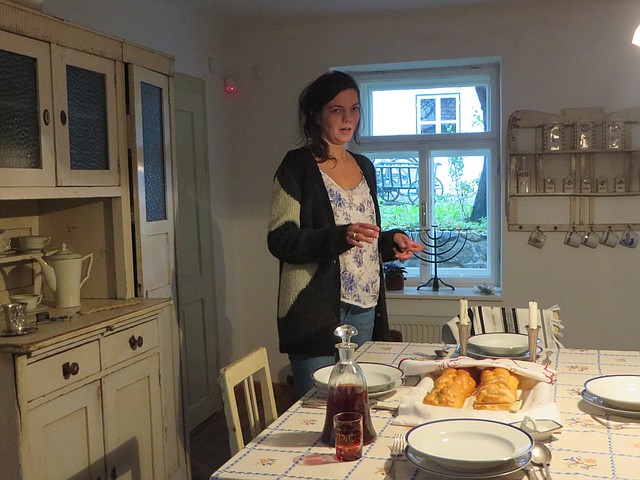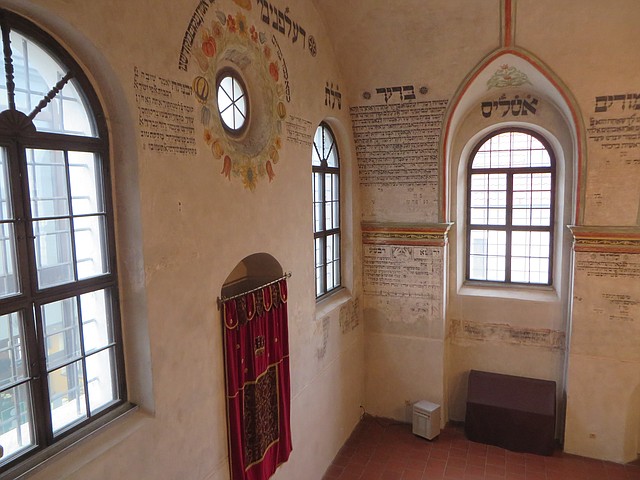Enchanting Prague and beyond
November 23, 2015 at 6:00 a.m.
No Czech city has been written and talked about as much as Prague, the country’s picturesque capital. It’s a magical place where history comes alive and the mysteries of the past are revealed through the town’s uniquely preserved historical center. A UNESCO World Heritage Site, Prague boasts Romanesque chapels, Gothic cathedrals and Baroque palaces and gardens, making it a showcase of architectural masterpieces dating back centuries ago. Nicknamed “the city of a hundred spires” for its numerous towers, this European capital is regarded as a medieval jewel.
Prague is not merely a pretty face. It has the cred to back up its claim to fame. This is the city where the most influential men in Europe came together – rulers, generals, alchemists, Jewish scholars, writers, artists and musicians. It was here that Rabbi Loew is said to have brought the clay Golem to life; Giuseppe Arcimboldo created his unique portraits from fruit and vegetables; Franz Kafka put pen to paper and wrote his seminal works, Galileo, Copernicus and Kepler made their astronomical discoveries and the compositions of Mozart, Smetana, Liszt and Dvorak were met with thunderous acclaim.
All of the major highlights of this fairytale city can be explored on foot via ancient cobblestoned streets. One of the must-see sights is Prague Castle, the largest medieval castle complex in the world. It’s home to the Old Royal Palace and nearby St. Vitus Cathedral, as well as serves as the seat of the president of the Czech Republic and the burial place of the most important Czech rulers and saints. You’ll be dazzled by the richly ornamented frescoes, statues and semi-precious stones adorning the 14th century gothic cathedral, which glistens in the sunlight. Hard to believe that such a grand project was completed using only hand labor!
The country’s most valuable historical artifacts, world famous paintings and hand annotated manuscripts by many of the greatest composers of the 17th are carefully safeguarded within the castle complex, along with the Bohemian Crown Jewels and St. Vitus Treasure. Time your visit to see the ceremonial changing of the Guard at noon and make sure you catch a midday classical music concert in the Lobkowicz Palace for the full experience. You’ll feel like privileged nobility as you sit in the palace’s exquisitely decorated 17th century Baroque Concert Hall while listening to works by Vivaldi, Bach, Mozart, Bizet and others. Then head outside and walk through the lovely terraced gardens beneath the castle before ambling down the steep, narrow streets and winding alleys of the Lesser Town.
Your visit to Prague should also include a stop at the Old Town Square, the true heart of the city, with its famed Old Town Hall and Astronomical Clock. The clock, which has adorned the façade of the building since 1410, is equipped with a mechanism consisting of statues of the twelve apostles. Every hour, a skeleton symbolizing death inverts an hourglass and pulls a rope, which opens two windows where you’ll see St. Peter leading a procession of the apostles. Then there’s the crowing of the cock and subsequent chimes to note the time. The clock also shows the movement of the sun and moon through the signs of the zodiac. At the top of the tower is a viewing gallery, offering a spectacular bird’s eye perspective of the entire city. From this vantage point, you’ll be captivated by a panorama of spires, domes, towers and colorful red roofs as far as the eye can see.
The 14th century Charles Bridge with its magnificent Baroque statues is another highlight. Spanning sixteen arches, it’s lined with thirty Baroque statues of religious figures, each with their own story to tell. The bridge crosses over the scenic Vltava River and serves as the main pedestrian walkway between the Castle District and Prague’s Old Town, New Town and the Jewish Quarter. It is best to visit the Charles in the early morning before it’s besieged by crowds of tourists.
There are numerous other sights to take in during your stay in the city, including the Municipal House, the most magnificent Art Nouveau building in the country; the Jewish town of Josefov, with the oldest active synagogue in Europe; Petrin Hill, a peaceful forested park in the heart of the metropolis with an observation tower built as a mini version of the Eiffel Tower; and Estates Theatre, where you can watch a production of “The Marriage of Figaro.” The opera was personally conducted there by Mozart in 1781 and has been performed at the same location ever since.
Prague, though, is often as far as most travelers go when it comes to the Czech Republic. It’s clear that the town is the undisputed crown and mother of Czech cities, however, if you limit yourself only to Prague, you will miss so much more. The country is full of many unique treasures and wonders, particularly in the Vysocina or highlands region, which has the highest concentration of monuments on the UNESCO Cultural and Natural Heritage List within the Czech Republic. Among them is Telč, the “Town of Inspiration,” with its famed triangular-shaped village center. Houses in every color of the rainbow, built in the Renaissance and Baroque styles, line the streets, making the place look like something that came straight from the tales of Hans Christian Andersen.
Nearby, the grand Telč Chateau stands as one of the best preserved Renaissance complexes in the country. Especially noteworthy are the Chateau’s interior furnishings within its massive halls, as well as the wooden cassette ceilings and rich collections of weapons and paintings. It’s also supposedly haunted by a woman in white, a long ago resident of the castle, who enjoys a bit of mischief by opening and closing the doors at odd times. A lovely natural park with ponds surrounds the place and there’s an actual Classicist hothouse on site.
An hour from Telč is the town of Jihlava, home to the second largest underground in the country. The catacombs cover an area of 50,000 square miles and contain passages which are cut into the rocks in several stories under the city center’s historical buildings. They were created as a storage place for merchants, artisans and craftsmen. Those in the brewing business also found it a particularly ideal place to store and mature beer in casks due to consistency of temperature. The work was done by skilled miners who linked the separate cellar areas by numerous corridors into a complex network. Later, one of the passageways served as an escape route during the Swedish military occupation of the Thirty Years’ War. Some think the catacombs are haunted, and several years ago, a journalist who braved an overnight in the damp, dark and cramped conditions, captured a silhouette on the wall that many believe was an apparition. Others say they feel vibrations or different heat sensations at specific places along the walls.
The Czech Republic is a nation of beer drinkers and is proud to be the number one country for beer consumption per capita, a title its held for nearly twenty years. With such notoriety, a brewery tour is a definite must during your visit. The Brewery at Dalešice, though not the largest in the country, has an engaging history plus, more importantly, it produces some very good pibo or beer! You’ll get to see not only the modern process of beer making, but also get a glimpse of the traditional methods used in the past. In Dalešice, beer is brewed according to an old brewing act, which states that only water, malt, hops and years are allowed to be used for making beer while nothing is to be added or taken away during the brewing process.
The tour includes several samples, but if you wish to continue imbibing, head next door to the brewery restaurant. You’ll find an assortment of light and dark beer, including one made with elderberry flowers, along with typical Czech dishes such as beef goulash, honey-roasted pork ribs with pickled vegetables, crispy roasted duck with sauerkraut and homemade dumplings, and of course the proverbial sausage with mustard. For dessert, try the pancakes with cream cheese and prunes or the whipped mascarpone with forest fruit sauce.
Monasteries are also places to find beer-making facilities, as historically, this was a craft often undertaken by monks. Zeliv Monastery, for example, is one of the oldest monasteries in the country. It was established in 1139 and first inhabited by Benedictines; later, a community of Premonstratensians became the resident religious order. The place underwent a number of changes and was restored several times after numerous fires. During the communist totalitarian period of the second half of the 20th century, it became an internment camp for spiritual leaders. The names of those individuals held in captivity are listed on a wall plaque in recognition of their courage. Between 1957 and 1991, the building served as a mental hospital, before it was finally returned back to the Premonstratensians. A tour of the monastery includes a stop at the Abbey Brewery Zeliv, where you can taste specially crafted beers like the fruity Siard Falco made with sour cherry extract, or Castulus, a combination of mead and ale.
Of all the churches in the Czech Republic, the Pilgrimage Church of St. John of Nepomuk at Zelena Hora is perhaps the most unique, in my opinion. Located near the historical border between Moravia and Bohemia, it is the final work of Jan Santini Aichel, a Bohemian architect who combined the Baroque style with references to Gothic elements in both construction and decoration. The church was the pinnacle of his extraordinary inventiveness and is known for its precise geometric splendor. Story has it that Vaclav Vejmluva, an abbot and keen admirer of St. John of Nepomuk, commissioned Santini Aichel to design the building after an undamaged tongue was allegedly found in the saint’s tomb in St. Vitus Cathedral in Prague in 1722. The abbot saw this as a sign and ordered construction of the church to commence. Built on top of a hill, the entire structure and its various parts are composed in the shape of a five-point star; five being the perfect number in Cistercian thinking. The layout of the building forms a pentagram where you can enter from five doors leading to five altars which have five stars and five angels. Its inner space gives the impression that it was created by light, as no dark corners exist. The church became the dominant feature of the region and people believed it was a star protecting the town and its surroundings. Annual pilgrimages to the site continue today.
Another of the region’s claims to fame is the town of Třebíč, where you’ll find several UNESCO World Heritage monuments. The first is St. Procopius Basilica, a 13th century Romanesque-Gothic Christina church built on the site of the original Virgin Mary’s Chapel of the Benedictine monastery. It’s a national treasure and an imposing marvel of medieval architecture with round rosette windows, an extensive triple-nave crypt with pillars and a double eight-piece stone vaulted choir.
Třebíč is also the location of one of the best preserved Jewish ghettos in Europe. The Jewish Quarter, together with the Jewish Cemetery, is the only Jewish monument outside Israel specifically placed on the UNESCO World Heritage List. The quarter is comprised of 123 preserved houses along with the buildings of former Jewish institutions including the town hall, two synagogues, rabbinate, poorhouse, hospital and school. The Jewish Cemetery, which dates back to the 17th century, contains nearly 11,000 graves and 3,000 stones, as well as separate memorials to WWI Jewish soldiers and to the victims of the Holocaust.
The best way to explore the Jewish Quarter is via a guided tour, where you’ll learn about the way of life and traditions of the Jewish community that once existed in this town. The first Jews came to Třebíč as early as the 13th century, settling on the left bank of the Jihlava River. The Jewish Quarter gradually grew until the second half of the 17th century when it reached more than 1,500 people, which was a third to a half of the town’s population at that time. In 1723, the area’s landowner, Jan Josef of Wallenstein, ordered all Jews to move into a separate ghetto, essentially closing them off and separating them from their Christian neighbors with whom they had lived for centuries without any major conflicts. During WWII, all the Jews were taken away to concentration camps, causing Třebíč’s Jewish community to disappear entirely.
A museum displays an exhibition of the housing of a Jewish family in the inter-war era, and is furnished with typical objects of Jewish culture. There is also a recreation of a Jewish grocery store. Next door is the Rear Synagogue with its hand painted walls covered in Hebrew liturgical texts, quotations of rabbis, ornamental patterns and various symbols. Built around 1669, it was the second house of worship in the town; the first being the Front Synagogue, circa 1639. The Rear Synagogue was needed due to the increasing influx of Jewish inhabitants to the area. It was severely damaged in later years when authorities issued orders to demolish it. After serving as a storehouse for a local tannery, it became an exhibition center and concert hall. As for the Front Synagogue, it is currently used as a church.
As you stroll through the Jewish Quarter, you’ll notice the dense concentration of buildings, which conceal elements of Jewish architecture, such as winding lanes, houses almost one on top of the other, staircases carved into the rock and vaulted passageways. Other characteristics adding to the original charm of the atmosphere include public passages through the houses, iron-clad doors, stone jambs of portals and verandas and balconies from the Middle Ages. Walking down the narrow streets of this once vibrant and culturally-rich community, you can almost hear the voices of the past. Thankfully, their legacy is still alive.
If you go:
www.czechtourism.com
Deborah Stone is a travel and lifestyle writer, who explores the globe in search of unique destinations and experiences to share with her readers. She’s an avid adventurer who welcomes new opportunities to increase awareness and enthusiasm for travel and cross-cultural connections. Her stories appear in a number of publications as well as on various travel websites. Additionally, she can be frequently be heard dishing travel with the hosts of the NPR-affiliated and AARP produced talk radio show, “2 Boomer Babes.” Deborah is a longtime Seattle area resident, who currently resides in Santa Fe, New Mexico.
